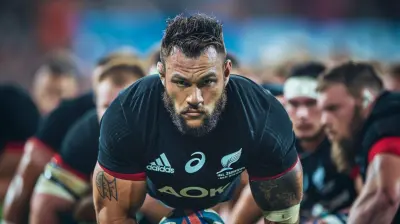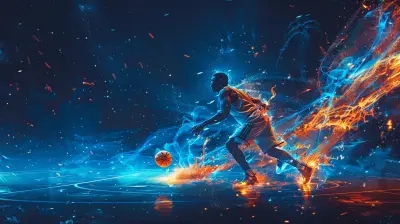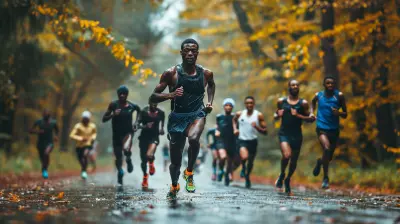The Science Behind Proper Hydration for Triathletes
23 October 2025
Water. It's simple, right? Clear, tasteless, and always around. But if you’re a triathlete—or even training for your first sprint triathlon—hydration is way more complex than just drinking when you feel thirsty. The truth is, behind this basic need lies a maze of science that can make or break your performance.
Let’s break this down together, human to human. Whether you're swimming through open water, pushing the pedals up a hill, or pounding your way across pavement under the blazing sun, every single cell in your body is screaming for hydration. And not just any kind of hydration—proper hydration.
So grab a bottle of water (yes, really), and let’s dive into the science behind proper hydration for triathletes and why it’s such a game-changer.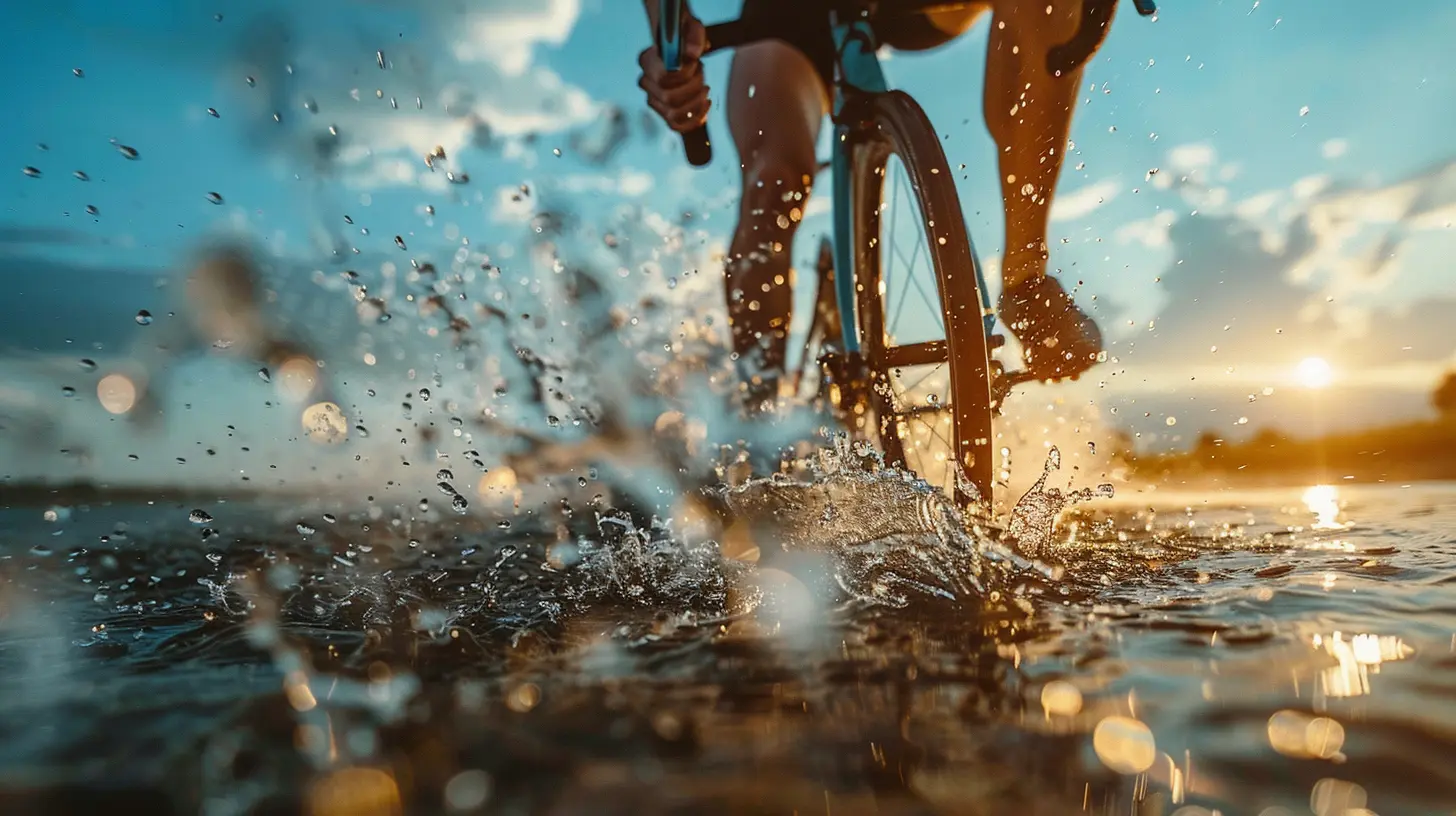
Why Hydration Matters More Than You Think
You’ve probably heard it a thousand times—"Stay hydrated!" But why is that so important for triathletes?Here's the deal: when you exercise, especially in endurance events like triathlons, your body heats up. To cool itself, it sweats. That sweat isn't just water; it's loaded with essential electrolytes like sodium, potassium, and magnesium. Lose too much of these without replacing them? You crash—mentally and physically.
Think of hydration like oil for an engine. Without it, the machinery starts to overheat, grind, and eventually seize up. Same goes for your body during a 1.5K swim, 40K ride, and 10K run. Proper hydration keeps everything running smooth, from brain function and energy levels to muscle contractions and recovery.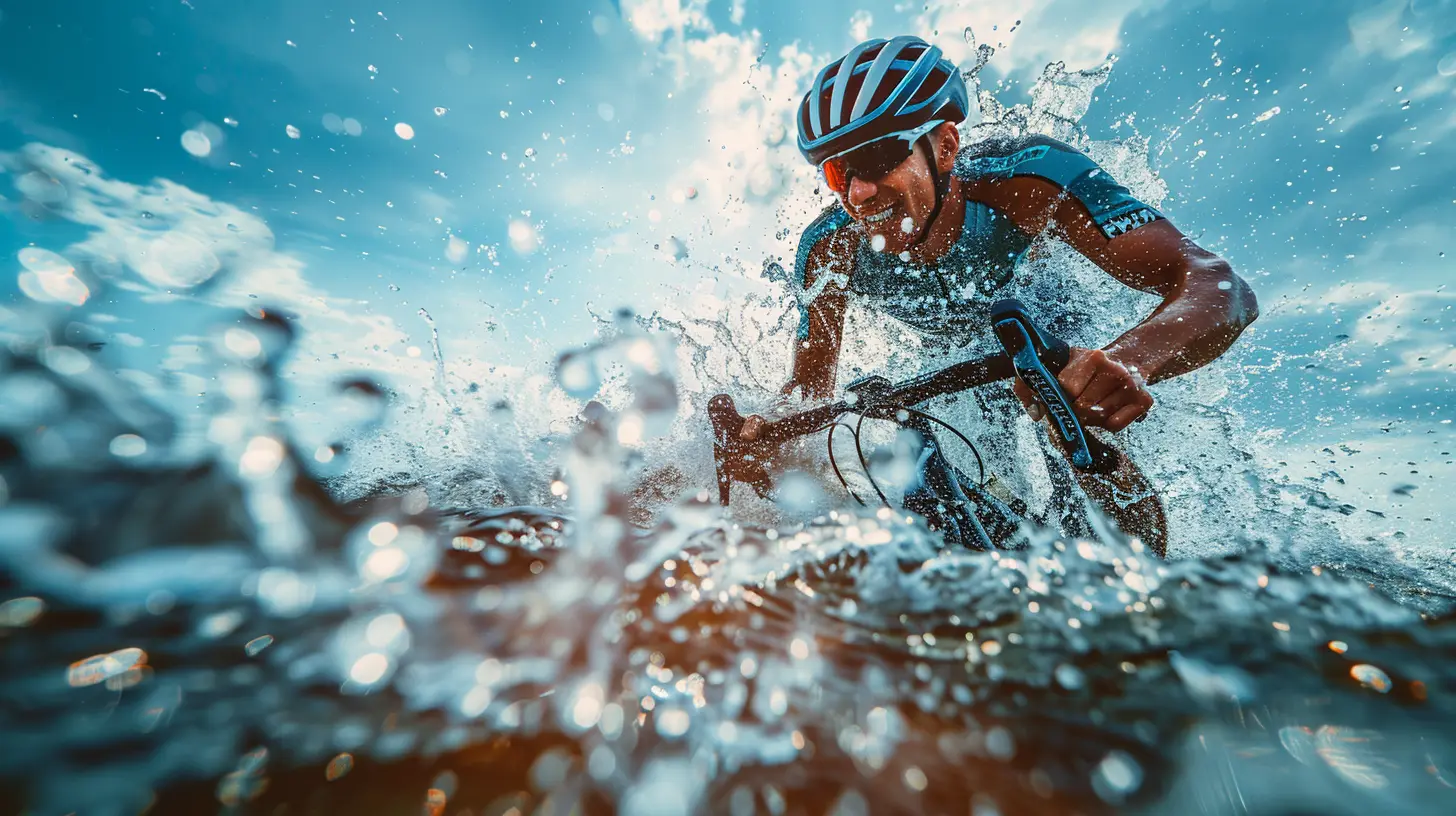
The Basics: What Exactly Is Hydration?
Hydration isn’t just about drinking water, it’s about maintaining fluid balance in your body. This balance impacts:- Blood volume
- Body temperature regulation
- Muscle function
- Cognitive performance
When you're well hydrated, your heart doesn’t have to work as hard. Blood flows easily, oxygen delivery is on point, and your muscles perform like the finely tuned machines you’ve trained them to be.
But when you're dehydrated—even by just 2% of your body weight—your performance can tank. Think slower reaction times, early fatigue, cramps, and in extreme cases, heatstroke. Scary stuff, right?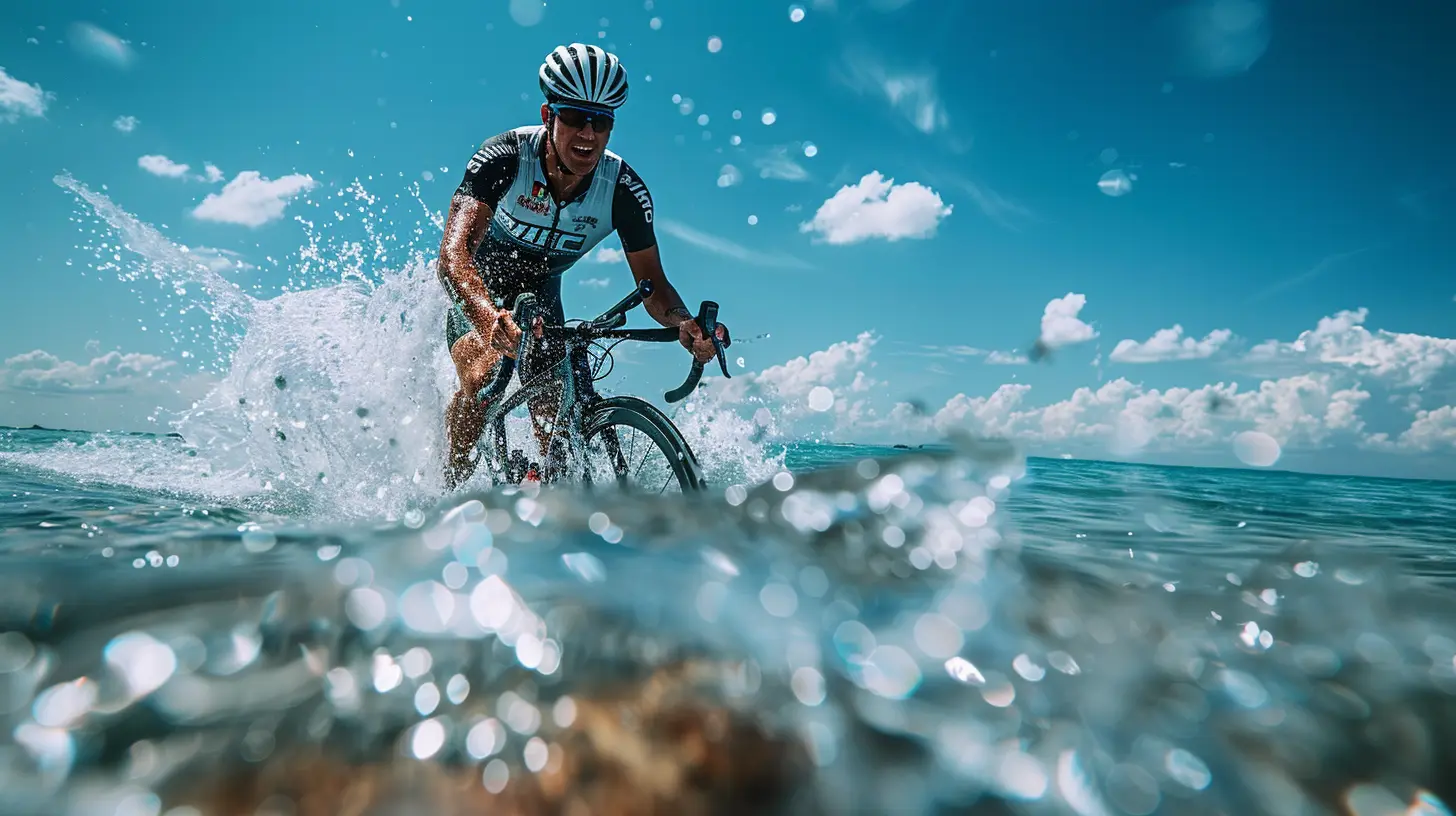
Sweat Rate: The Hidden Metric You Need to Know
Ever notice how some athletes barely sweat while you’re drenched like you ran through a waterfall? That variance is your sweat rate—and it’s totally unique to you.Most triathletes lose anywhere from 0.8 to 2.5 liters of sweat per hour. That’s a huge range! Factors like temperature, humidity, intensity, and even genetics play a role.
To find your sweat rate:
1. Weigh yourself before and after a training session.
2. Account for any fluids consumed.
3. 1 kg of bodyweight lost = ~1 liter of sweat.
Knowing your sweat rate helps you plan a precise hydration strategy instead of winging it with “just drink when I'm thirsty.”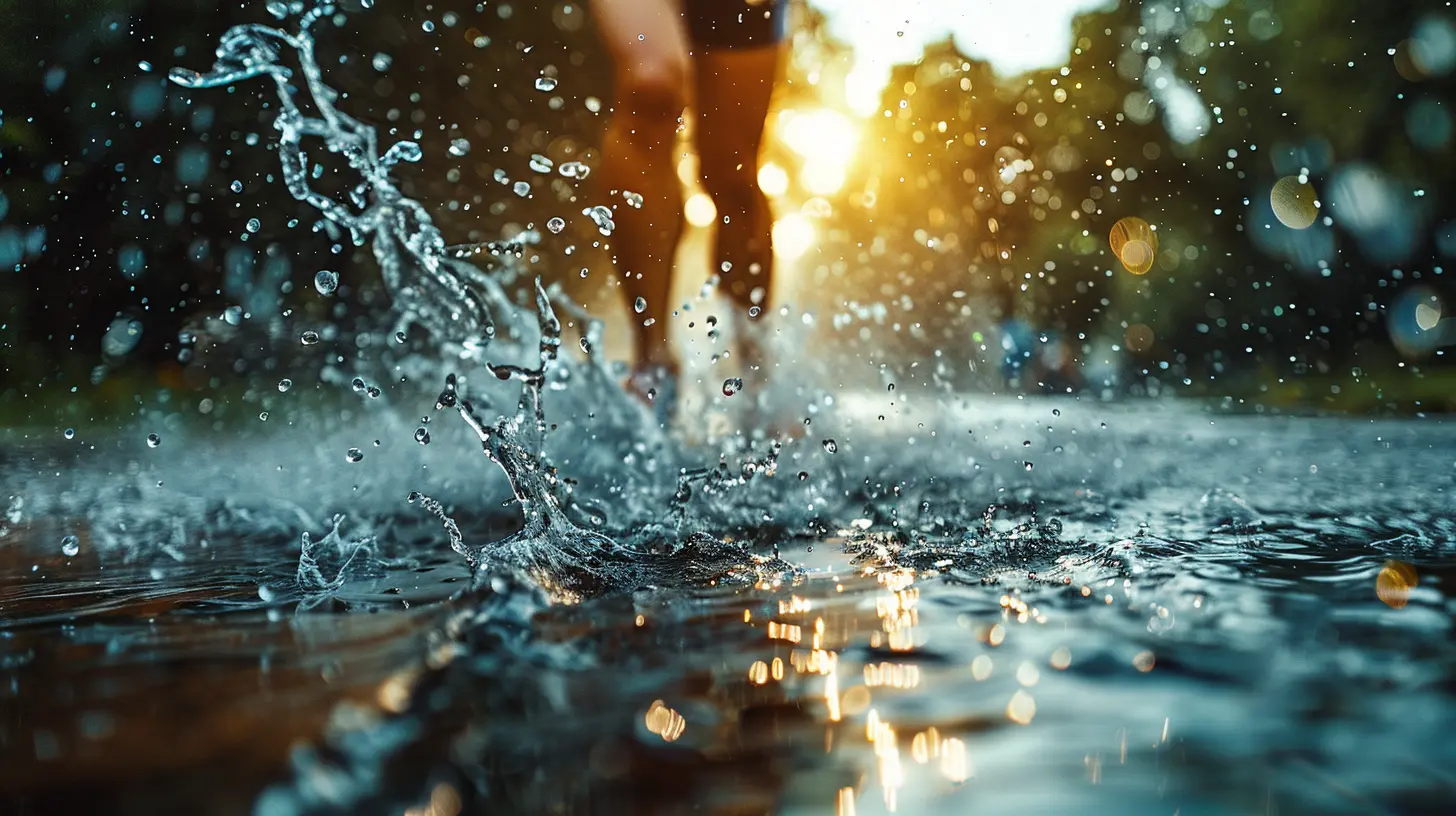
Electrolytes: The MVPs of Hydration
You lose more than just water when you sweat—you’re also losing electrolytes. These minerals conduct electricity in your body (yes, you’re basically a human battery) and help with:- Muscle contraction
- Nerve function
- pH balance
- Hydration at a cellular level
The key players are:
- Sodium (most important for athletes)
- Potassium
- Magnesium
- Calcium
Without enough of these, you can kiss optimal performance goodbye. Ever had those sudden mid-race cramps? Yeah, that’s your body screaming for electrolytes.
Hydration During Each Phase of the Triathlon
Each leg of a triathlon presents its own hydration challenges. Here’s the breakdown:🏊 Swim
Hydration here is tricky. You can’t exactly sip between strokes, and cold water can mask signs of dehydration.Pro Tip: Start hydrating well before the event. Drink fluids with electrolytes 2–3 hours before the race, and sip occasionally up to 30 minutes before the swim.
🚴 Bike
This is where hydration strategy is crucial. You’ve got access to your bottles and the longest stretch of the race to manage your fluids.Aim for:
- 500–1000 ml/hour depending on sweat rate
- Electrolyte-infused drinks
- Carbs for energy (think sports drinks, not just water)
Set a timer or drink every 10–15 minutes. Don’t wait till you're longing for a drop of water—by then, it’s too late.
🏃 Run
The final leg, and often the hardest. By now, hydration levels are low and fatigue is high. Add hot pavement or high humidity, and dehydration becomes dangerous.Keep it steady:
- Sip small amounts at aid stations
- Alternate between water and electrolyte drinks
- Focus on maintaining rather than catching up
Signs You’re Not Drinking Enough (Or Drinking Too Much)
Hydration is a Goldilocks game—you don’t want too little, but too much can also wreck your race.Too Little (Dehydration)
- Dark urine- Dizziness
- Dry mouth
- Fatigue and cramps
- Slower recovery
Too Much (Hyponatremia)
- Nausea- Confusion
- Bloating
- Swelling in hands/feet
- In extreme cases, it can be life-threatening
Balance is key. Match intake with your sweat rate. Use sports drinks to replace electrolytes—not just plain water.
Dialing It In: How to Hydrate Like a Pro
Okay, theory’s good, but what about real-world strategies?1. Pre-Race Hydration
Start early. Sip on electrolyte-rich drinks the day before and morning of the race. Avoid overloading—clear urine doesn’t mean "more is better."2. During the Race
Follow your sweat rate plan. If you’re a heavy sweater, you're going to need more frequent and measured fluid intake, including electrolytes.3. Post-Race Recovery
Don't just chug a gallon and call it a day. Your body needs to replenish lost fluids and minerals. Combine water, electrolytes, and carbs in your recovery window.What About Caffeine?
Good question.Caffeine can enhance endurance and focus—but it's also a mild diuretic. That means it can lead to fluid loss in some folks. Test it in training before race day. If it works for you, great. Just be mindful of the timing and dose.
Hydration and Heat Acclimation
Training in the heat? Your hydration game needs to be next level. As your body adapts to heat:- Your sweat rate increases
- Electrolyte loss changes
- Hydration needs shift
If you're prepping for a hot race, practice hydration under similar conditions. Mimic the environment and monitor how your body responds.
Tech Tools to Track Hydration
Let’s face it—guessing isn’t the best strategy. The good news? There are tools designed to fine-tune hydration:- Sweat Testing: Some sports labs offer testing to determine your specific sweat rate and sodium loss.
- Smart Bottles: These gadgets track fluid intake in real time.
- Wearables: Newer fitness trackers are starting to analyze hydration status.
But hey, you don’t need fancy tech. A simple pre/post workout weigh-in, color of your urine, and good ol’ self-awareness can take you pretty far.
Real Talk: Don't Wait Till You’re Thirsty
Your body’s thirst signal doesn’t always keep up with your hydration needs, especially during intense training or races. By the time you're thirsty, dehydration may already be creeping in.Train your hydration like you train your transitions—deliberately and consistently.
Putting It All Together
Hydration isn’t a one-size-fits-all deal. It’s personal, just like your pace or gear preferences. The key is to understand your body, respect your sweat, and build hydration into your training plan—not just race day.So next time you lace up for a brick session or dive into the open water, remember: how well you hydrate will echo through every stride, stroke, and spin.
You’ve put in the training. Don’t let something as avoidable as poor hydration keep you from that personal best or podium finish.
Stay salty. Stay sharp. Stay hydrated.
all images in this post were generated using AI tools
Category:
TriathlonAuthor:

Uziel Franco
Discussion
rate this article
1 comments
Vanessa Castillo
Effective hydration strategies enhance triathlete performance by optimizing endurance, reducing fatigue, and promoting recovery during training and competition.
October 25, 2025 at 3:40 AM

Uziel Franco
Thank you for your insightful comment! Hydration is indeed crucial for maximizing triathlete performance and recovery.
